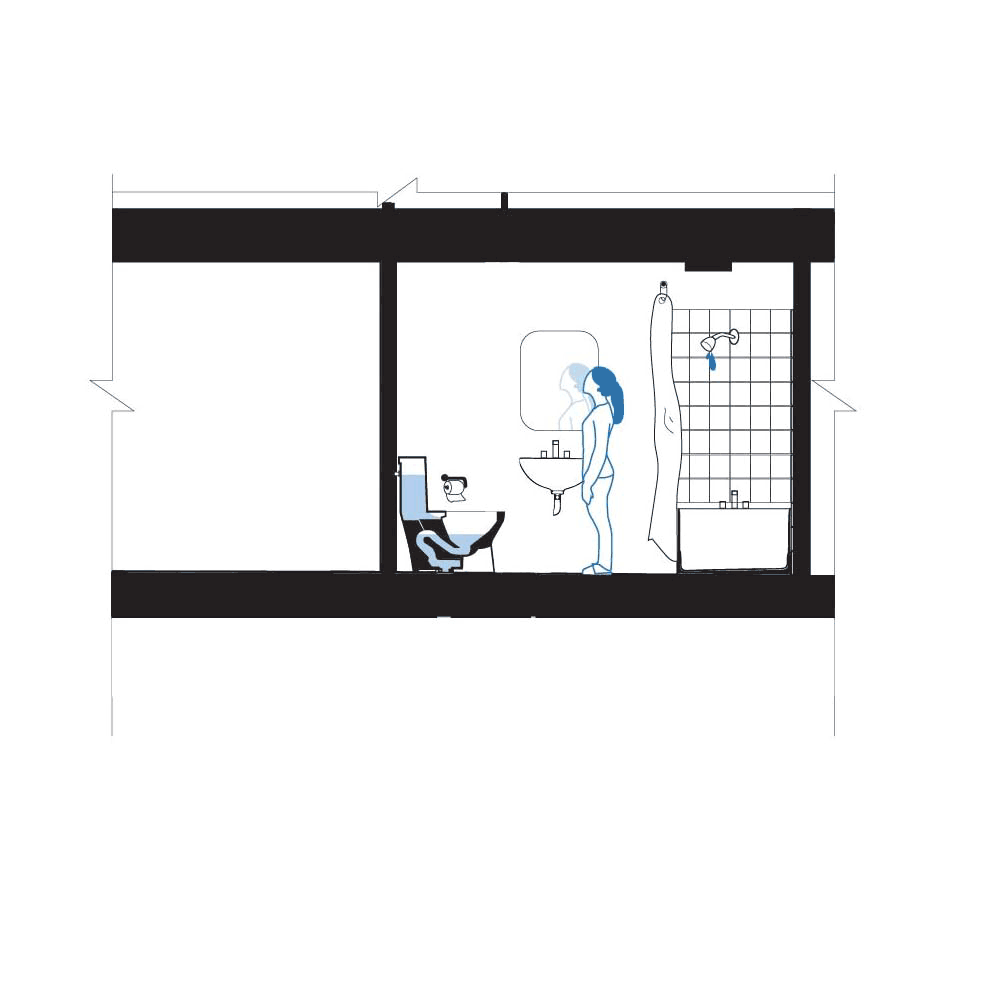Prompt

“Out
of sight, out of mind.”
Euro-centric design norms tend to hide the bathroom in the domestic setting. What is the problem of hiding the bathroom?
If the concept of sustainability and wellness of our living environment had been designed, how do we realize the problematic relationship between cultural production and environmental impact in our building environment?
Research starts with focus on domestic bathrooms –a space that typically hidden: private, intimate, vulnerable moment, and fundamental. Design tends to ignore the relationship between cultural production, architecture and the environmental impact of our systems. Standardization of building elements naturalizes the prevailing sanitation systems, shaping the way we control bodies, understand hygiene, and reinscribe accepted practices and social norms.









Standardized fixtures, such as baths, toilets, and sinks, vary in styles and have been widely available to any household since 1935 when they appeared in The American Architectural standard as symbols of modernization. Standardization then took charge of the bathroom
design and make it into a one-piece capsule. The bathroom design within the context led to the invention of prefabrication fashion, locking the body with the architecture.
TOILETS are Thirsty
Gravity is the friend for a sustainable flush toilet using less water. However, by the idea to hide the toilet by compacted design, these prevailing Euro-centric toilet system become standardized that requires meta-scale sewage systems and more water for plumbing.


